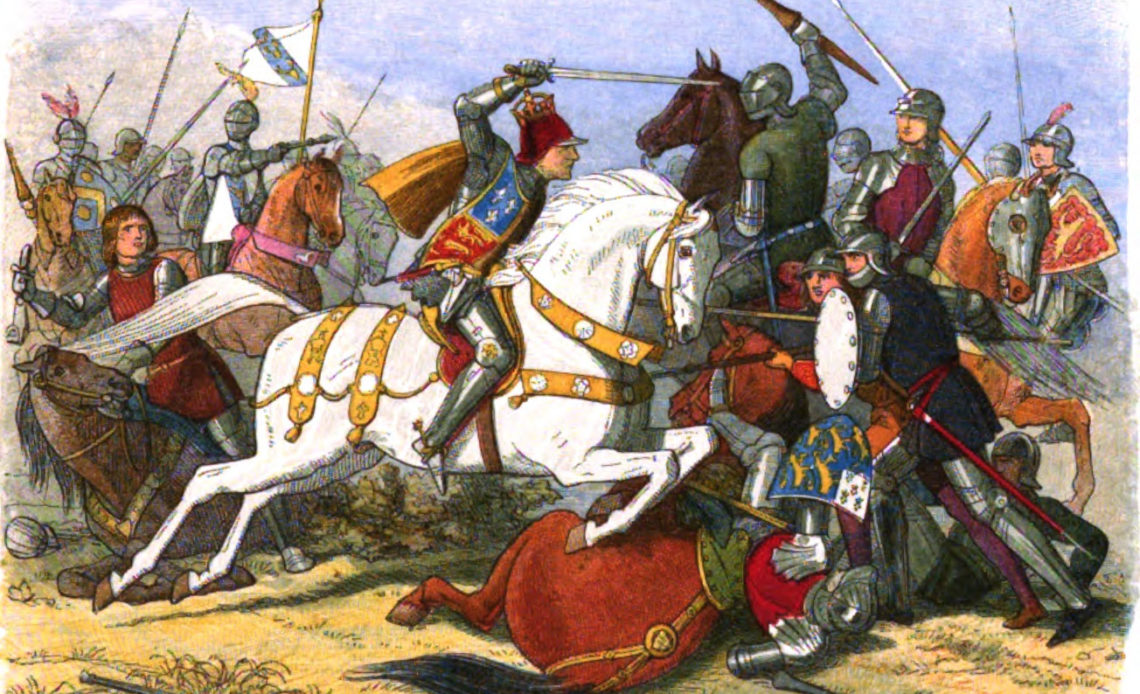
The House of Windsor is the most famous royal dynasty of the 21st century, producing more than its fair share of celebrated figures. But the regal story of the 2000s has included more than its fair share of appearances from a long dead king. He’s almost as familiar a figure in the royal headlines as the family that holds the throne now. And, right on cue, as a new reign begins, the Windsors once again find themselves sharing the regal spotlight with Richard III.
King Charles III, just weeks into his reign, finds his name linked to that of the last Plantagenet. For it is reported that Charles III is keen to clear up a mystery surrounding Richard III. The new King is said to be on the brink of giving the go ahead to an inquiry into what happened to the ‘Princes in the Tower’, the young royals who are long rumoured to have been murdered on Richard’s orders.
The youngsters are believed to have died in the Tower of London where, two centuries later, bones were found in the area they were last seen. Those remains were interred in royal vaults meaning the Monarch has to give permission for them to be tested. Tracy Borman, curator of Historic Royal Palaces which looks after the Tower, told the Sandon Literary Festival that Charles III ”said he would like an investigation to go ahead.”
That could mean that Richard’s story once again dominates in the days of the House of Windsor. Richard was uncle to the two princes and took them into protective custody soon after the death of their father, Edward IV. Richard’s brother had died unexpectedly in April 1483, leaving his elder son as King Edward V and his younger surviving boy as Prince Richard, first in line to the throne.
Uncle Richard swooped and conveyed monarch and heir to the Tower – at the time it was traditional for rulers to stay there before their coronations. But soon after, he had both boys declared illegitimate, claiming their father had been married to someone else when he wed their mother. He took the throne for himself and the boys slowly disappeared from view until, by the autumn of 1483, they had vanished. Rumours that they had been murdered soon sprang up. Shakespeare turned their story into a central plank of his demonisation of Richard III in his play until the king, who ruled for just two years, became the ultimate royal villain.
That reputation came under examination once more in 2012 when bones that had been dug up in a car park in Leicester were confirmed to be those of King Richard III. DNA testing proved that the remains belonged to the infamous monarch whose deeds and life were suddenly up for debate again. His reburial, at Leicester Cathedral in 2015, attracted huge crowds and was attended by the Duke and Duchess of Gloucester and the Countess of Wessex. One of the most talked about royals of the year was a man who had been dead for over half a millennium.
Fast forward seven years and Richard is once again grabbing headlines. Interestingly, his reputation has been somewhat rehabilitated by the ‘Looking for Richard’ project which led to the discovery of his remains. Now, there is a more nuanced debate about whether the king was really responsible for the deaths of his nephews. This new investigation will further that.
For any tests which prove the remains discovered in the Tower are those of Edward V and his brother, Richard, could also indicate how they died. Will another popular theory, that they were claimed by illness, be proved? Or will we finally get actual confirmation that the young princes were killed?
The huge interest in the possibility of an inquiry shows just how fascinating that story still is for people around the world. And a large part of that interest comes from the leading role within it of a king who has become one of the most talked about of the 21st century – Richard III.

